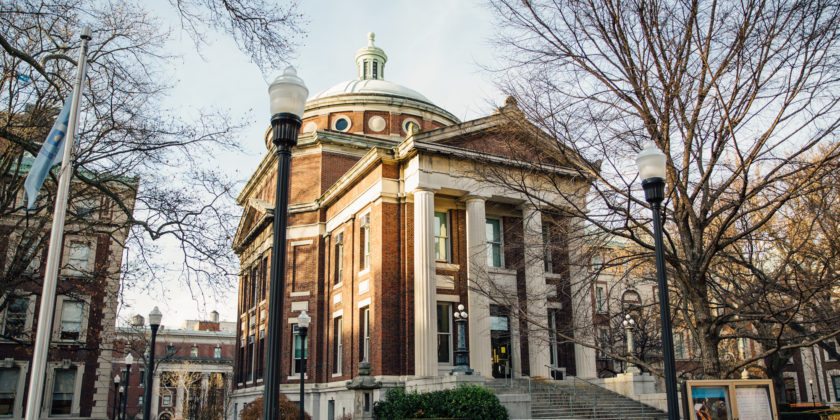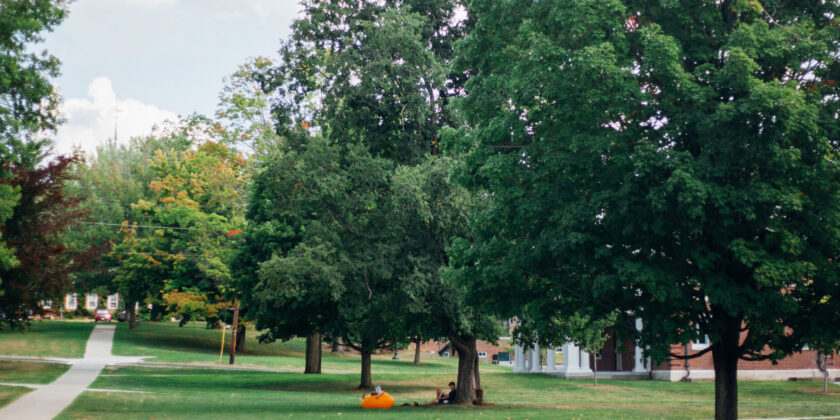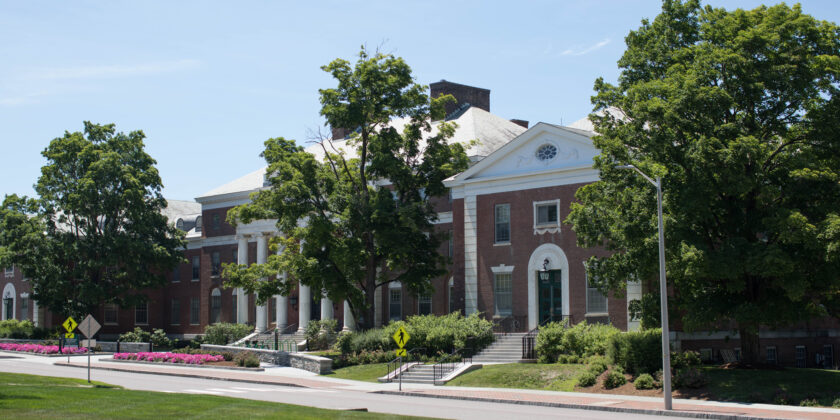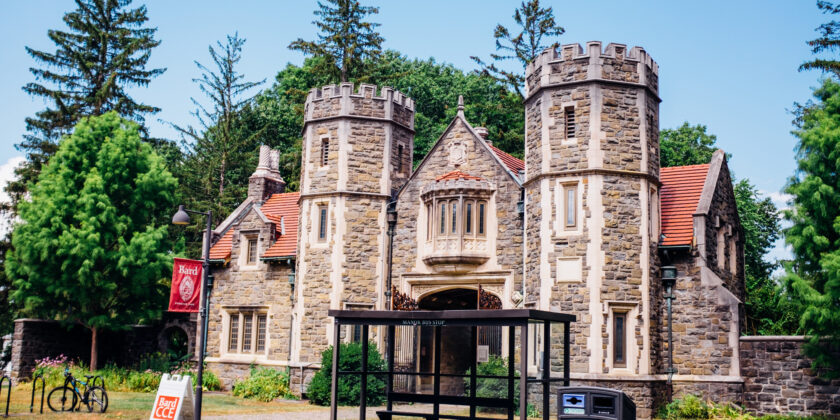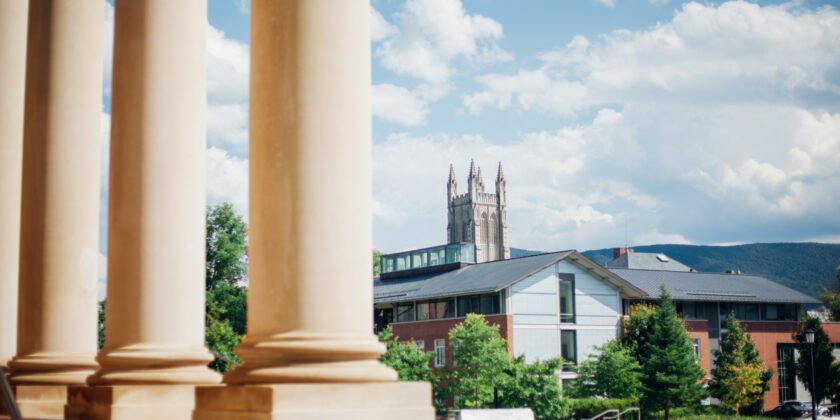Columbia U Engineering – Summer Foundations of Research & Streetscapes (Stipend!)
Awesome programs for NYC-based students!
For six weeks, students work with Columbia Engineering researchers and participate in programming to develop their academic and professional skills. Students gain practical research experience, collaborate with research faculty, staff, and students, practice new skills, and take part in multi-level mentorship. ENG has two tracks students can apply to: Foundations of Research (FoR) or Center for Smart Streetscapes (CS3).
Program components include experience in working on genuine engineering research projects, research skills and college prep workshops, science communications workshops, and additional supplemental seminars and opportunities. Students are provided with a stipend to support them over the summer. They encourage all rising seniors (current 11th graders) with an interest in engineering and research to apply.
The application is now open! Applicants should know that the application uses the same platform as the graduate school, so some questions may not be relevant for high school students. Those questions can be left blank.
Read more here –> https://outreach.engineering.columbia.edu/eng
*Stay in the know! Subscribe*
